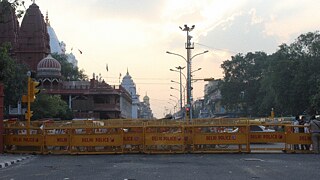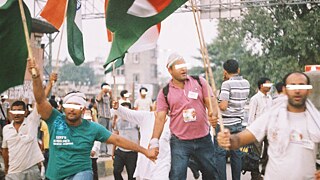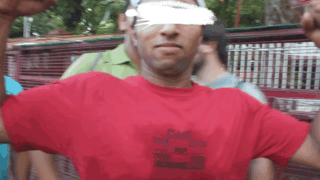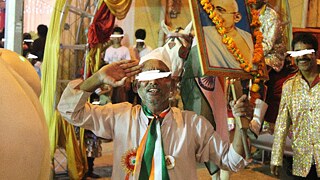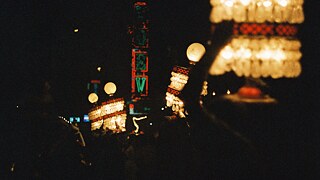Görkem Özdemir | Multimedia
Freedom of others, my fears
Die multimodalen Ergebnisse sind mit der Freiheit in dem Sinne verbunden, dass ich zwischen den Freiheitswünschen anderer stehe und mich selbst als Zeuge bei der Suche anderer nach Gerechtigkeit einsetze. Freiheit ist ein Konzept, genau wie andere von Menschen gemachte Konzepte. Dennoch ist sie miteinander verbunden wie ein Netzwerk. Sie ist endlos und kontinuierlich, vielleicht sogar zyklisch. An diesem Tag fühlte ich mich frei. Denn ich war damals nicht Teil der chaotischen Politik einer bestimmten Geografie. Allerdings war meine Freiheit durch die Suche der anderen nach Freiheit vorübergehend unterbrochen worden.
There were protests against the political corruption in India at that time. After the Stuttgart 21 protests in Germany, during the Arab Spring movement in the Arabian Peninsula and North Africa, just before the Taksim Gezi Protests in İstanbul. From a wider perspective, protests were about to emerge globally; mostly related to the expressions of freedom, liberty and independence in the public realm.
As I remember vaguely, rumors were all around. Even in our office, a name was being repeated every now and then. First, I thought the name was belonging to a female due to my Eurocentric perception. However, that was my main motivation to visit India, to break the indoctrination of “the west is the best” preconception. More importantly, the design education in Türkiye was also built on the narratives of Italian, Scandinavian, and even American ethos. In simpler words: the glorification of European and the USA material traditions. But what was going on in the ancient cultures of Asia? Such as Iran, Japan, China, and in our case India.
We were in New Delhi. On our way back to train station, a mass of people was gathering in a public space. A louder than usual din was apparent. While we were walking through the crowd, suddenly a flock of people started to run back and forth with flags, posters, sticks and flares in their hands. Of course, by shouting and cheering in a sense of unity … and whistling, too. We were inside the mixture of emotions, the rise of excitement, cheer, joy, uncanniness, restlessness, a slight concern, and many other sensations which I can’t remember or label now.
I was a foreigner in a distant country, where I was visiting as a temporal laborer and not able to understand the context and the language. In such a coincidental event, you would never know in which side of the protest you are at… Against? For? Whose freedom? Freedom of what? Which freedom were we talking about? In my opinion it was best to witness, rather than take part in it as a stranger. And to archive. And to talk about it with others to communicate, connect and contact.
